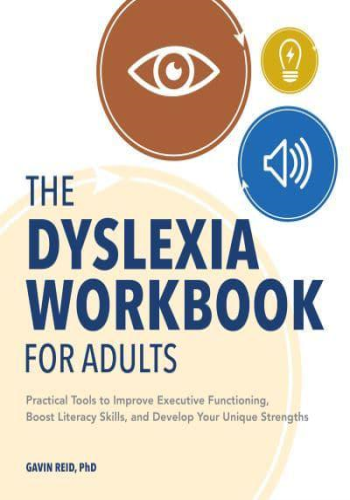Chapter 1: Understanding Dyslexia
* Definition and Prevalence: Dyslexia is a learning difficulty that affects reading, writing, and spelling. It affects approximately 10-15% of the population.
* Causes: Dyslexia is caused by differences in the brain's wiring, which affect how information is processed.
* Example: A person with dyslexia may have difficulty recognizing words they have seen before, or they may struggle to spell words correctly.
Chapter 2: The Impact of Dyslexia on Adults
* Emotional and Social Impact: Dyslexia can lead to low self-esteem, anxiety, and social isolation.
* Educational and Career Impact: Adults with dyslexia may have struggled in school or have difficulty finding and maintaining employment.
* Example: A person with dyslexia may avoid reading or writing tasks at work, which can hinder their career advancement.
Chapter 3: Accommodations and Strategies
* Technology: Assistive technology, such as audiobooks, text-to-speech software, and spell-checkers, can help people with dyslexia overcome their challenges.
* Educational Accommodations: Accommodations in school or the workplace, such as extended time for tests or flexible work arrangements, can help level the playing field.
* Example: A person with dyslexia may use a computer program to proofread their writing, ensuring accuracy and reducing errors.
Chapter 4: Reading Strategies
* Chunking: Breaking down text into smaller, more manageable chunks.
* Scanning and Skimming: Quickly reading through text to get the main idea.
* Multisensory Techniques: Using different senses (e.g., hearing, touch) to reinforce reading.
* Example: A person with dyslexia may use a finger to follow the words as they read, to increase focus and comprehension.
Chapter 5: Writing Strategies
* Planning and Organization: Using outlines, storyboards, or mind maps to plan writing.
* Drafting and Revising: Writing a first draft quickly and without worrying about perfection, then revising it later to improve clarity and flow.
* Word Processing Tools: Using computer programs to spell check, reorganize text, and provide feedback.
* Example: A person with dyslexia may use a word processor with voice dictation capabilities to write first drafts, reducing the strain of handwriting.
Chapter 6: Spelling Strategies
* Visualization: Picture the word in your head or write it in the air to establish a mental image.
* Phonics: Breaking down words into individual sounds.
* Morphology: Understanding the root words, prefixes, and suffixes of words.
* Example: A person with dyslexia may look for patterns in words, such as the "tion" ending in "information" and "education."
Chapter 7: Memory and Cognitive Strategies
* Visualization: Using mental imagery to remember information.
* Chunking: Breaking down information into smaller, more manageable units.
* Repetition and Retrieval: Regularly reviewing information to strengthen memory.
* Example: A person with dyslexia may use flashcards to practice memorizing vocabulary terms, improving their ability to recall and use new words.
Chapter 8: Emotional and Social Management
* Self-Esteem and Motivation: Developing positive self-talk and recognizing strengths.
* Resilience: Coping with setbacks and building confidence.
* Social Support: Seeking support from family, friends, and support groups.
* Example: A person with dyslexia may join a peer support group to connect with others who understand their challenges and provide encouragement.







